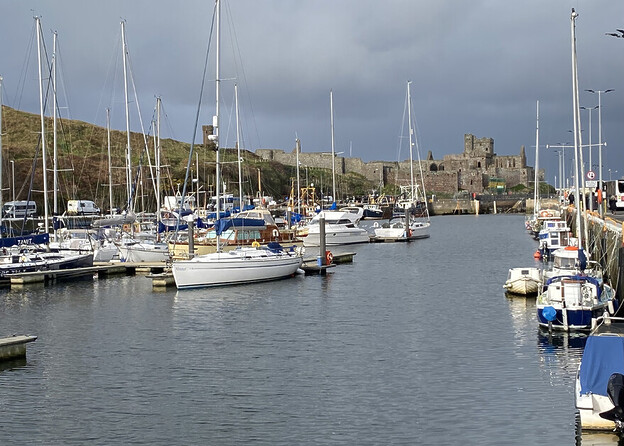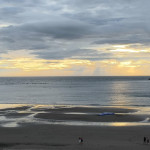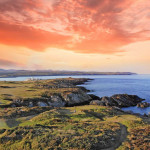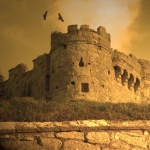Natasha Blair visits the Isle of Man and enjoys a whirlwind tour of the Island.
Small but compact, 32 miles long and 14 wide the Isle of Man surrounded by the Irish Sea, has a lot to offer whatever your taste. Famous for the TT races which take place in the summer, the Island dating back to Nordic times is also a place to explore whether a hiker, biker or someone who enjoys culture and museums.
The island has 100 miles of coast with glens, hills, rivers, windy roads and a mountain. Named an UNESCO Biosphere Reserve, it is nestled between England and Northern Ireland. Strategically positioned, on a clear day you can see the seven kingdoms – England, Ireland, Scotland, Wales, Isle of Man, heaven and the sea. The Island prides itself on its sustainability, as well as being a safe place. “I can let my children play outside without having to worry”, my taxi driver told me. It is also a place of folklore and fairy tales. “It is good luck to say hello to the fairies”, he said as we drove over the Fairy Bridge.
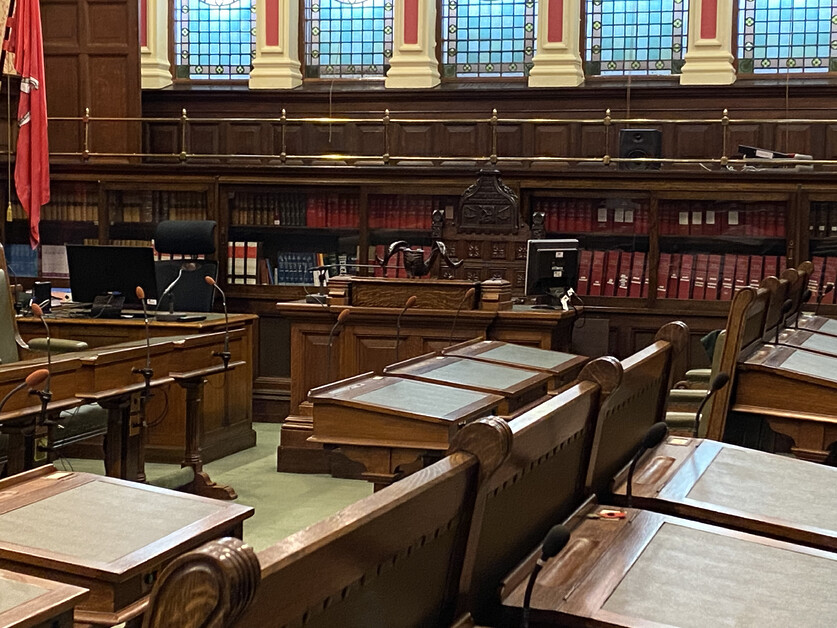
Although part of the British Isles, and a Crown Dependency, Tynwald, established by the Vikings, is the world’s oldest continuous Parliament, and makes its own laws.
Based in Douglas, the Island’s Capital, the building known as the wedding cake, has guided tours . Visitors can also watch session sittings from the galleries in each Chamber. Sessions run from mid-October to mid-July.
From Douglas it’s possible to take one of several Steam Railways still in service to any of seven stops on the way to Port Erin on the west coast which has a harbour, the Railway Museum, and known for its sandy beach. I boarded at Castletown the Island’s former capital having visited Castle Rushen, considered one of the world’s best preserved medieval fortresses. This part of the journey goes through rural countryside dotted with farms and villages. Very distinctive are the stone hedge grows which divide the green fields.

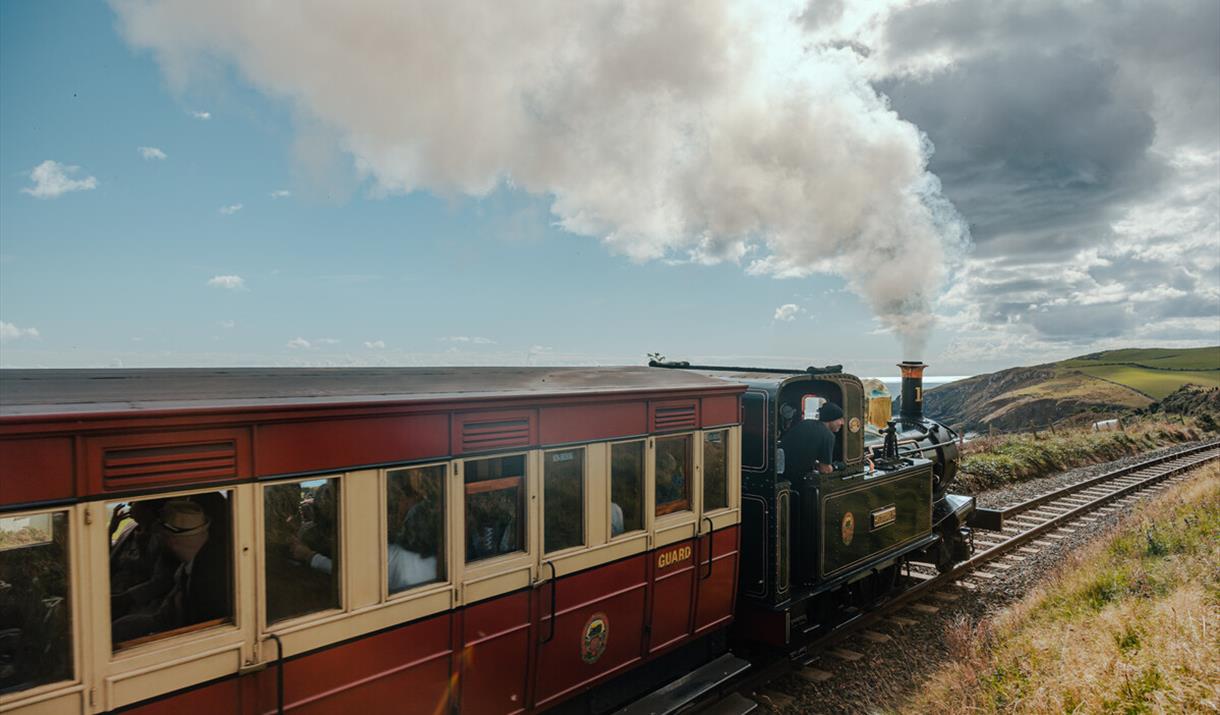
From Douglas take the Manx Electric Railway, built in the late 1800s. to Laxey in the east and onto Ramsey in the north. The 17.5 -mile journey takes 75 minutes. It also links at Laxey with the Snaefell Mountain Railway where it’s possible to visit the summit of the Island’s highest peak where, as a plus point, there is a café.
During the summer months, a horse tram which goes from one end of the promenade to the other.
Laxey is famous for its wheel, known as Lady Isabella, a feat of Victorian engineering it was constructed at a time when waterpower was giving way to steam. 72 feet 6 inches high there are steps to the top providing panoramic views. Following a path along the river a viaduct with a waterfall diverts the river from the entrance to a zinc and lead ore mine. Depending on the weather it’s possible, by putting on a hard hat, to go a little way inside the mine to get a feeling of what it’s like.
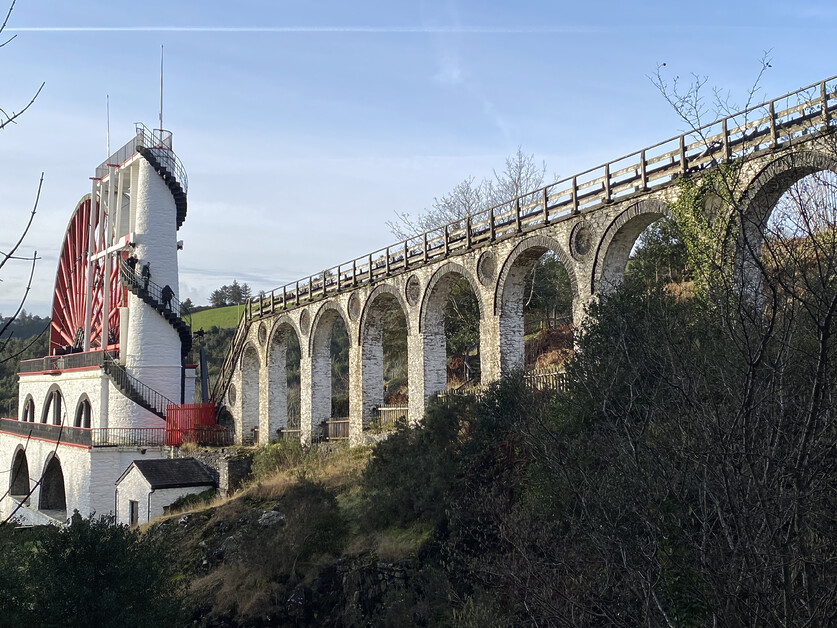
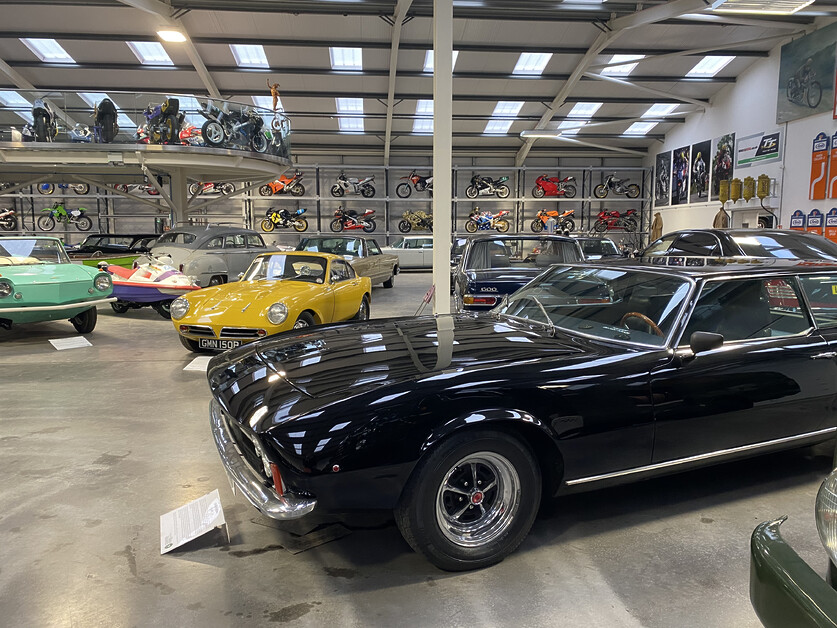
The Isle of Man doesn’t have a speed limit on the roads except in the towns. The six laps of the forty-mile TT course attracts motorcycle competitors and enthusiasts from around the world. Only 50 bikers are able to compete. The circuit on the island’s roads starts from the Capital Douglas and ends in Peel with a route that follows the coast as well as taking in the highs and lows of the hilly terrain. An exhilarating experience to watch, with average speeds of 136 mph going up to as much as 210 mph.
The island has retained its heritage as much as possible. On the promenade in Douglas the Gaiety Theatre, built in 1899 by architect Frank Matcham, on land that was once part of a grand Regency estate, is still used by the local community to stage a varied programme of entertainment.
Inside the building, enormous chandeliers hang from its ceiling, and the ornate interior of the theatre has a stained-glass dome, and the original Act Curtain. Over time, the building has undergone various restoration projects to keep the theatre as much as possible as it was. Volunteers give tours of the theatre.
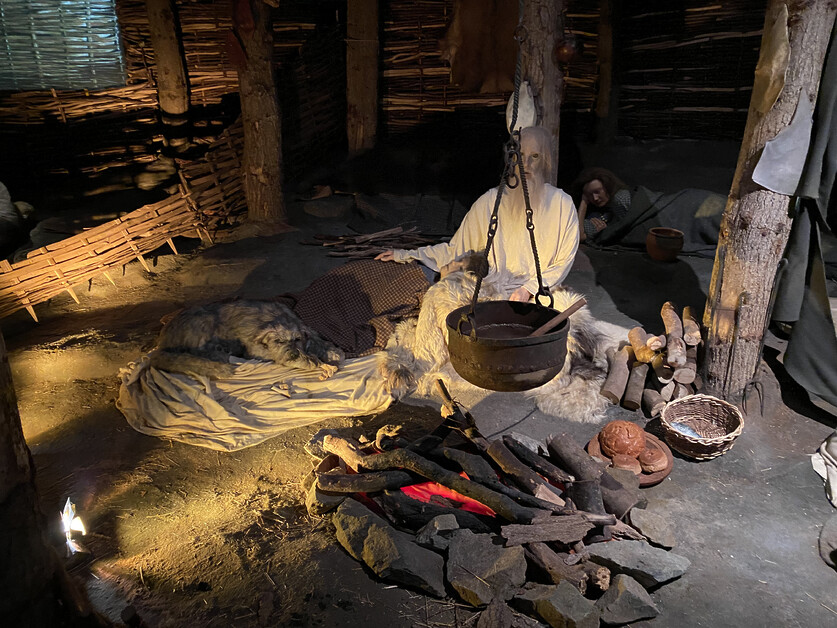
Various museums such as the Manx National Heritage Museum in Douglas showcase the history of the island, and the House of Manannan in Peel, the sea god, portrays its social maritime history. My favourite, however, was the Motor Museum in the North. Privately owned, Denis Cunningham has built up a collection of over 230 cars and 350 bikes from around the world, many with fascinating histories. It is difficult to pinpoint any but those that stood out included several custom-made vehicles owned by Rod Stewart, another built to hold skies and from Australia, a car used by Her Royal Highness Queen Elizabeth 11 which had a pull-out ledge to prevent her legs from getting sunburnt.
Tell me more about The Isle of Man
The Isle of Man has so much to see. I have been told but have yet to go with mine, that the island is very dog-friendly. With a coastline that promises sandy beaches, I can’t wait for the spring and summer months to explore more of the island.
The new Manxman is the latest in ferries through the use of fuel-efficient engines and battery technology. For anyone wanting to bring their pet, it has a special dog area.
Sailing from Heysham, Liverpool, Belfast, Dublin and Birkenhead.
I flew with Loganair from Heathrow Airport which, as a bonus, has an on-board service of a hot drink and biscuit. Dogs, are allowed, but have to go in the hold.
Loganair flies to the Isle of Man from London City and Heathrow, as well as Edinburgh, Birmingham, Manchester and Newquay Airports.
I travelled to Heathrow Airport on the Heathrow Express, 15 minutes from Paddington Station and the quickest way to get there.

